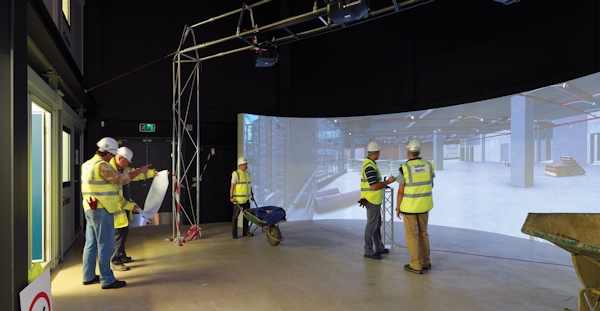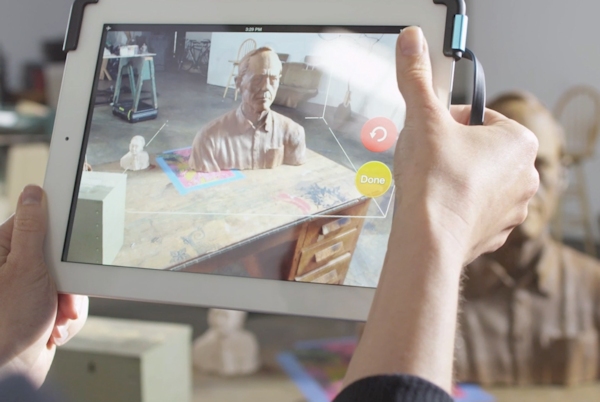Job: Research Fellow 0.5 – Digital Cultures Research Centre, University of the West of England
£30,424 – £36,298 (pro rata)
Ref: 1314912
Closing date: 25 October 2013
The Digital Cultures Research Centre (DCRC) is the University’s hub for research into creative media applications in real world contexts, producing new knowledge about everyday life in today’s digital media ecology. DCRC pursues a flexible interdisciplinary agenda with a unique mix of criticality, creativity and application.
The Research Centre is a lead partner in the west of England’s leading media innovation lab, the Pervasive Media Studio. Located in Watershed on Bristol’s Harbourside, the Studio is a diverse and stimulating environment where designers, artists and engineers share expertise to produce new experiences for media audiences.
The post represents an exciting opportunity for a committed and dynamic researcher to play a major role in the continuing development of an internationally recognised research centre.… read more. “Job: Research Fellow at Digital Cultures Research Centre, University of the West of England”

